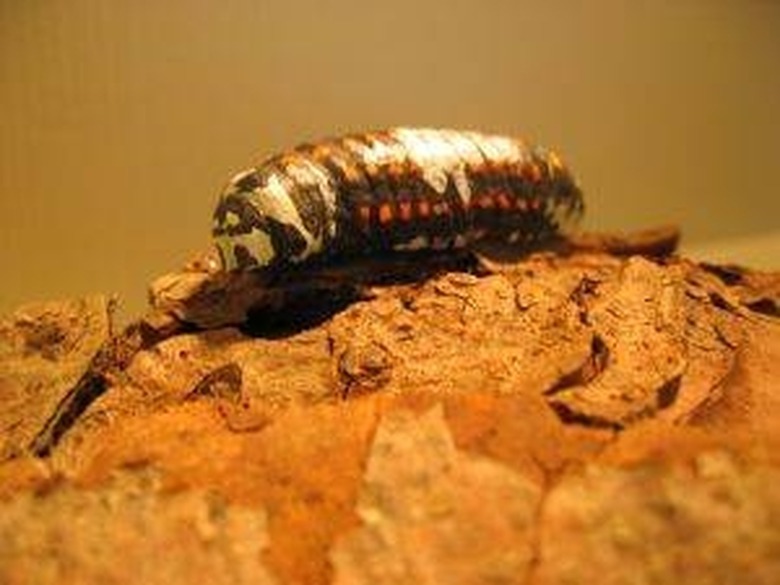What Do Grubs Look Like?
A grub is generally considered the larval form of a beetle. There are many species of beetles and therefore many forms of grubs that can be found in many lawns and gardens. They do, however, have many characteristics that are similar making it possible to tell a grub apart from other similar looking creatures.
Function
Function
The majority of feeding during the life of a beetle occurs during the larval form, as a grub. Grubs will eat voraciously as soon as they hatch from eggs, and can grow to very large sizes. The amount of time a beetle spends as a grub varies from species to species, but may last for years.
Features
Features
Grubs have long cylindrical soft bodies and look very similar to caterpillars. Grubs can be distinguished from caterpillars by examining the legs. The legs of caterpillars run down the entire length of the body. Grubs have six legs (considerably fewer than caterpillars) and they are all grouped under the head end of the animal.
Identification
Identification
Grubs also have hard, dark heads that have mouthparts built for chewing as well as spiracles, or air holes, along the sides of the body. Grubs are significantly less mobile than caterpillars, even when prodded although the mobility can vary from species to species. Grubs will sometimes be shaped like Cs and will appear light in color.
Size
Size
Grub size varies widely from species to species. Because most of the growth of the beetle occurs during the larval, or grub, stage, beetles that are large will have larger grubs. Conversely, small species of beetles will generally have smaller grubs.
Warning
Warning
Grubs can cause great damage to lawns. Grubs live under the surface of the soil and eat the roots of grasses. When the roots are gone, the grass dies leaving yellow patches.
Cite This Article
MLA
Lehman, Christine. "What Do Grubs Look Like?" sciencing.com, https://www.sciencing.com/what-do-grubs-look-like-4648472/. 22 November 2019.
APA
Lehman, Christine. (2019, November 22). What Do Grubs Look Like?. sciencing.com. Retrieved from https://www.sciencing.com/what-do-grubs-look-like-4648472/
Chicago
Lehman, Christine. What Do Grubs Look Like? last modified March 24, 2022. https://www.sciencing.com/what-do-grubs-look-like-4648472/
